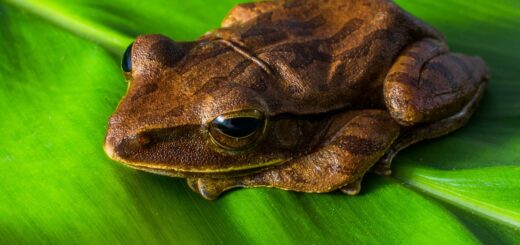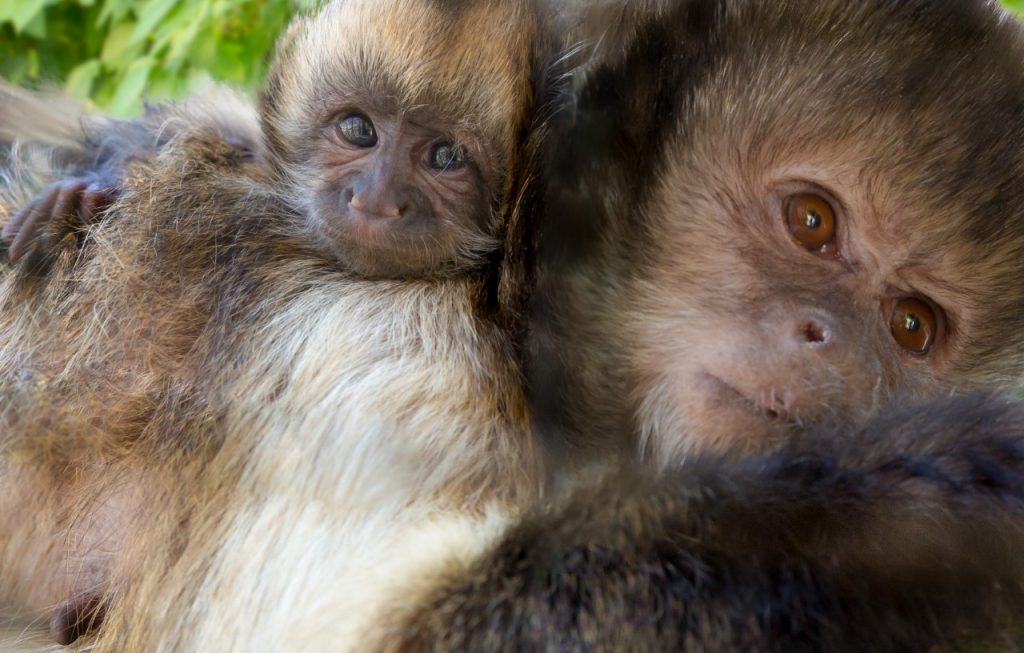Ingestion of Viburnum x rhytidophylloides ‘Alleghany’ potentially lethal to White-Mantled Black Colobus (Colobus guereza)
Citation
Irlbeck NA, Knightly F, Kenny D, Moore MM, Getzy DM. 2001. Ingestion of Viburnum x rhytidophylloides ‘Alleghany’ potentially lethal to White-Mantled Black Colobus (Colobus guereza). In Edwards M, Lisi KJ, Schlegel ML, Bray RE, Eds., Proceedings of the Fourth Conference on Zoo and Wildlife Nutrition, AZA Nutrition Advisory Group, Lake Buena Vista, FL.
Abstract
In December of 2000, three white-mantled black colobus (Colobus guereza) housed at the Denver Zoological Gardens began showing indications of pain, and as a result, were removed from their facility and hospitalized. One animal died of gastric ulcers, however the others recovered with treatment. Light microscopic evaluation of gastric biopsies from one of the monkeys, showed inflammation of the mucosal layer of the stomach with ulceration. A small spicule of plant material was embedded in the inflammatory exudate associated with the stomach lining. Management records indicated that the animals had been moved to a new exhibit in September upon which time they devoured a small shrub Viburnum x rhytidophylloides ‘Alleghany’ (found in the new exhibit) in its entirety (leaves, buds, flowers and stems). This viburnum has dark, green, leathery foliage with small yellowish-white flowers and red fruit. A commonly used landscaping plant, the viburnum tends to be semi-evergreen in nature, holding its leaves well into spring. This plant is one not readily consumed by most animal species, but some cultivars of viburnum are on preferred browse lists for colobus. Lumina imaging showed tops of mature viburnum leaves (collected in January) to contain few “spicule-like” structures that could potentially become embedded in the gastric lining of an animal. However, leaf bottoms were an “intense” mat of spicules. Scanning electron microscopy (SEM) showed that the spicules were bottlebrush in form, but not hooked in shape. Initial SEM observations of buds (collected in January) indicated some hooked spines, possibly those that are more immature. Initial results of Energy Dispersive X-ray Spectroscopy (EDS) indicated that the spicules were calcium based. Zoological institutions need to be aware of potential health concerns if animals consume this viburnum cultivar.
 Irlbeck-ToxicBrowseForColobus.pdf 2 MB
Irlbeck-ToxicBrowseForColobus.pdf 2 MB








